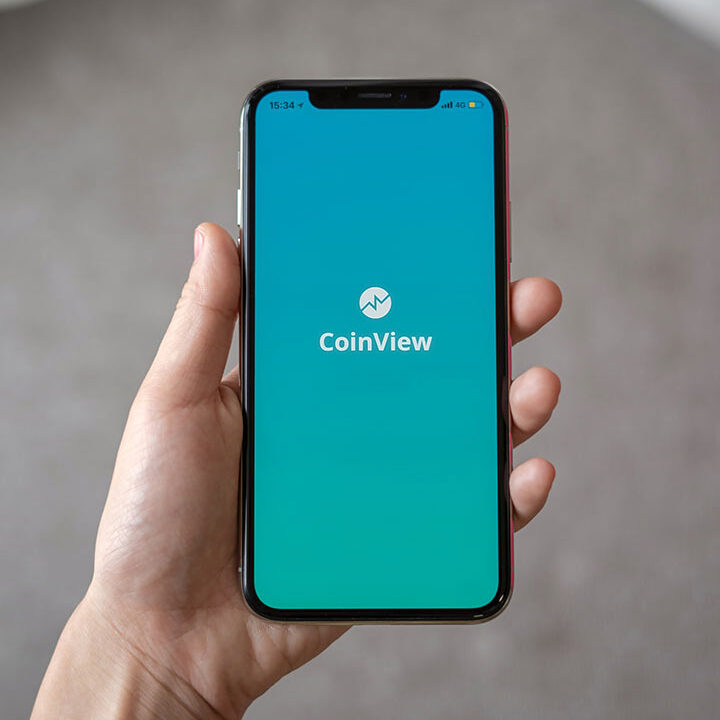Talk of Web3 is everywhere—blockchains, tokens, DAOs, dApps. Depending on who you ask, it’s either the future of the internet or just another buzzword waiting to fade. At SealedWeb, we believe in the principles behind Web3: user ownership, decentralization, and control without dependence on centralized platforms. But we also know that for most people, Web3 is confusing, inaccessible, and often over-engineered.
This post is about what practical decentralization really looks like—for real users, not just crypto insiders.
What Web3 Gets Right
Let’s start with the good stuff. Web3 introduces some important ideas:
-
You own your identity
-
You control your data
-
You don’t need to trust a company to use the system
These are core principles we fully support. They match the direction SealedWeb is going in—a user-first internet, where your privacy and autonomy are preserved by design. But the way many Web3 projects try to implement these ideas can miss the mark.
What Web3 Proponents Often Get Wrong
Many Web3 apps today suffer from real usability and trust problems, notably:
-
Wallet setups are intimidating
-
Users are exposed to scams and volatile tokens
-
Systems are technically “decentralized,” but still rely on centralized gatekeepers or opaque protocols
-
Everything is a token—even when it doesn’t need to be
For the average user, this doesn’t feel like freedom. It feels like friction—and that defeats the purpose.
What Practical Decentralization Looks Like
At SealedWeb, we believe decentralization should feel invisible—not overwhelming. Here’s what we mean:
-
You control your identity, but you don’t have to manage keys manually
-
Your data is encrypted and user-owned, but you don’t have to run a node to access it
-
There are no passwords, but there is clear accountability
-
Systems work without trust, but they’re easy enough for your parents to use
In other words, decentralization shouldn’t be something users have to think about. It should happen behind the scenes, just like HTTPS or encryption on your phone.
How SealedWeb Does It Differently
We’re not chasing the hype. We’re building tools that make sense for real people.
Here’s how we bring Web3 principles to life:
-
Decentralized Identity (DID): You own your SealedWeb ID: No reliance on Big Tech credentials
-
Encrypted, private-by-default communication: No centralized servers storing your messages for insiders to read
-
No token required to participate: We’re building infrastructure, not investment schemes
-
Auditable but not exposed: Our systems can be tested externally without compromising user privacy or opening our source code
We’re using Web3 where it fits, not forcing it where it doesn’t.
Decentralization Is a Tool, Not a Goal
The point of decentralization isn’t to brag about being “trustless.” It’s to build systems that are:
-
Resilient
-
Fair
-
Safe
-
User-controlled
If a blockchain solves a real problem, we’ll use it. If it adds unnecessary complexity, we won’t. It’s that simple.
Closing Thought
Web3 can change the internet—but only if it works for everyone, not just early adopters. That’s what we’re aiming for at SealedWeb: real decentralization, without the hype. Not Web3 for its own sake, but Web3 that actually works.
Because users don’t need buzzwords.
They need systems that respect their time, their data, and their autonomy.








